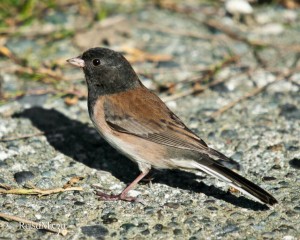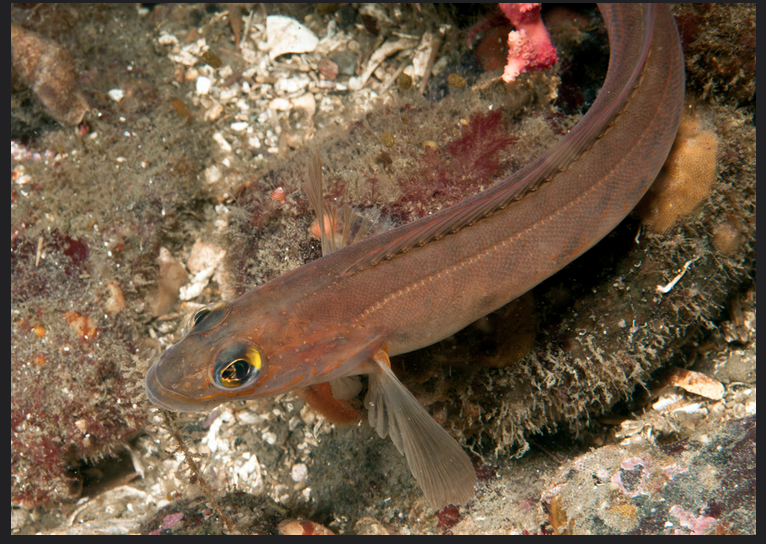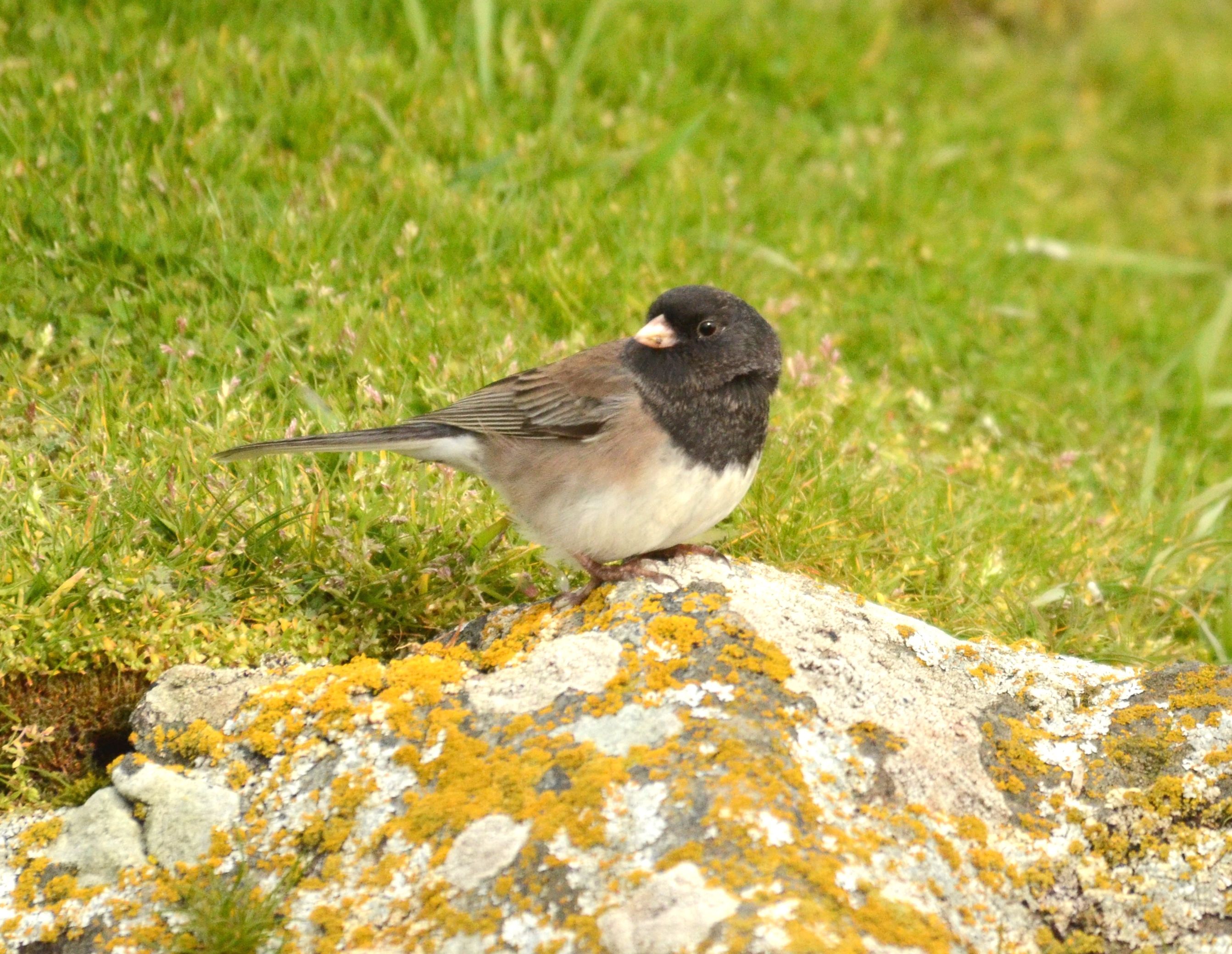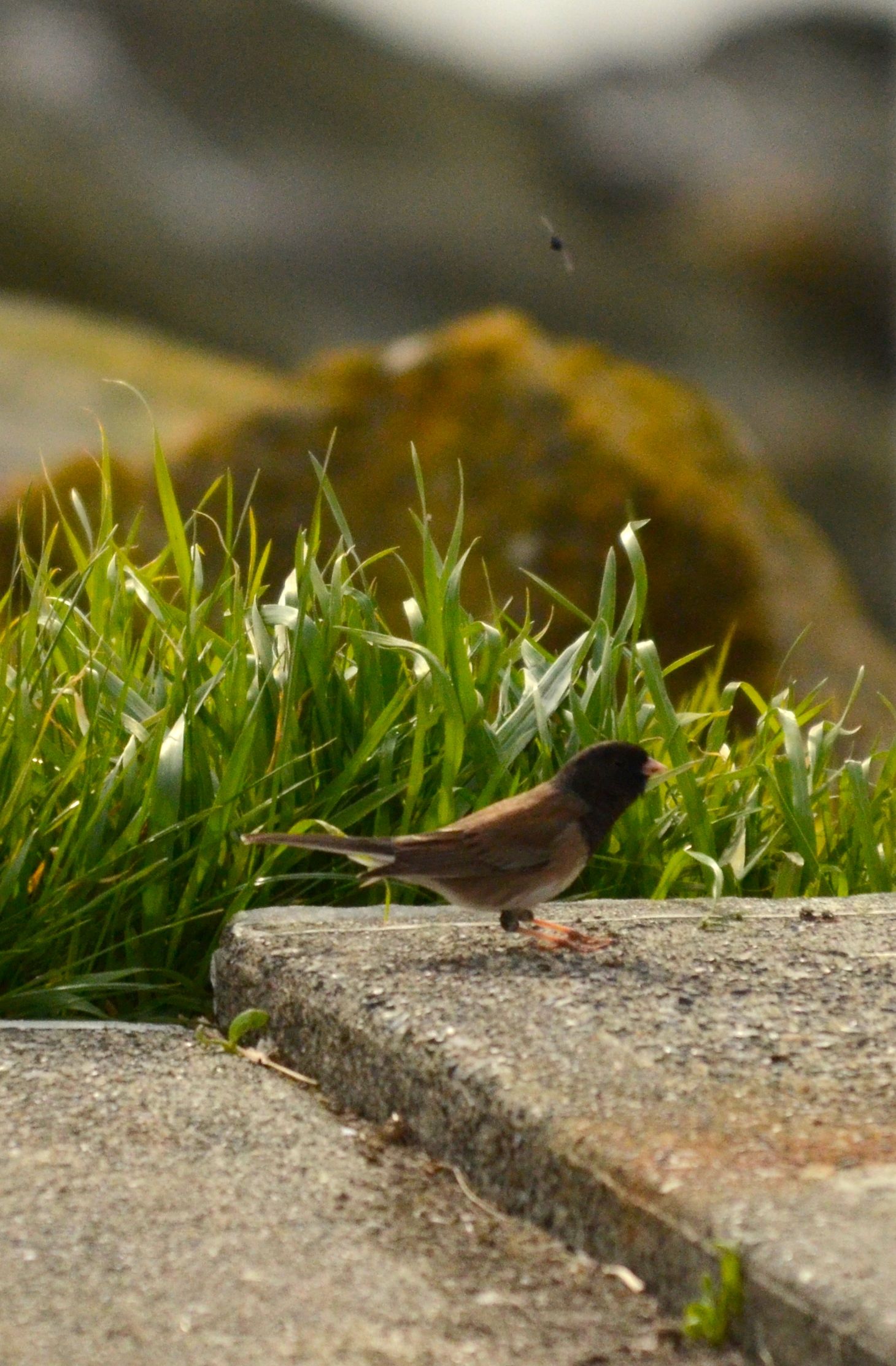-237, ‘2011-09-15’, ‘Other’, 0, ‘Sea lion populations have stabilized in terms of numbers. With just ~250 California ”s and ~150 Steller ”s. Ever since the earthquake on 09/09/11 -which was not felt by me here), the sea lions have moved up from “the arena ” and East bay on Great Race to surround three sides of the Keeper ”s residence. They have blocked 2 of 3 entrances! They can be shooed away, but return during the night. The cool winds and overcast days permit them to sleep comfortably during the day only to be particularly raucous during the night. The transition between Glaucous winged gulls and their winter replacements the Thayer ”s gulls has begun. Some Heerman ”s gulls are present now as well. It appears at least one oystercatcher clutch was successful as an adult pair and their two fledged chicks are still present on Great Race.’, ‘Ryan’, ’10:03:54 ,
Daily Archives: Wednesday,September 15, 2010
Ronquilus jordani: Northern ronquil–The Race Rocks taxonomy
| Domain | Eukarya |
| Kingdom | Animalia |
| Phylum | Chordata |
| Class | Actnopterigii |
| Order | Perciformes |
| Family |
Bathymasteridae |
| Genus | Ronquilus jordani |
| Species | jordani |
| Common Name: | Northern ronquil |
|
This file is provided as part of a collaborative effort by the students, faculty, volunteers and staff of Lester B. Pearson College
|
2005 |
Ryan Murphy |
Junco hyemalis: Dark-eyed Junco ( Oregon junco)– Race Rocks Taxonomy

The Oregon junco is the most common form of the Black-eyed junco found on the West Coast. Photo by Raisa Mira
These Juncos are common winter residents throughout southern Vancouver Island although this is the first one photographed at Race Rocks in November 2010.
Domain :Eukarya
Kingdom :Animalia
Phylum: Chordata
Sub-Phylum: Vertebrata
Class: Aves
Order: Passeriformes
Family :Emberizidae
Genus: Junco
Species hyemalis (Linnaseus, 1758)
Common Name: (Black-eyed) Oregon Junco
On March 10 , 2015 Nick Townley took these images of the Junco at Race Rocks.
- Dark eyed “Oregon” junco
- Photos by Ecoguardian Nick Townley, March 10, 2015
- An oregon junco near the Energy Building with a fly buzzing overhead
From The Cornell Lab a note on colour variation of the dark-eyed junco:
Regional Differences
“There is a huge range of geographic variation in the Dark-eyed Junco. Among the 15 described races, six forms are easily recognizable in the field and five used to be considered separate species until the 1980s. A field guide is the best place to look for complete illustration of ranges and plumages, but in general there are two widespread forms of the Dark-eyed Junco: “slate-colored” junco of the eastern United States and most of Canada, which is smooth gray above; and “Oregon” junco, found across much of the western U.S., with a dark hood, warm brown back and rufous flanks. Other more restricted variations include the slate-colored-like “white-winged” and Oregon-like “pink-sided” juncos of the Rockies and western Great Plains; and the Yellow-eyed Junco-like “red-backed” and “gray-headed” juncos of the Southwest.”
Other Members of the Class Aves at Race Rocks.
and Image File |
 The Race Rocks taxonomy is a collaborative venture originally started with the Biology and Environmental Systems students of Lester Pearson College UWC. It now also has contributions added by Faculty, Staff, Volunteers and Observers on the remote control webcams. The Race Rocks taxonomy is a collaborative venture originally started with the Biology and Environmental Systems students of Lester Pearson College UWC. It now also has contributions added by Faculty, Staff, Volunteers and Observers on the remote control webcams. |




